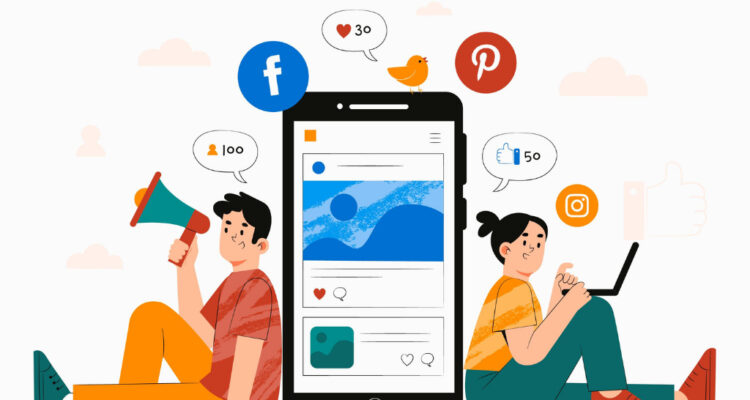In the year 2019, the most important buzzword in the industry has been influencer marketing.
While billions of dollars are spent on influencers every year in this new reality, it can be difficult for marketers to determine a genuine ROI.
Success is defined by the capacity to actually connect with the target audience and win them over by driving a compelling message or added value in determining the brand’s worth in today’s world when most businesses are moving towards a more consumer and content-centric era. This has given rise to the influencer marketing movement, in which corporations collaborate with well-known social media influencers to reach out to digitally-savvy audiences.
While billions of dollars are spent on influencers every year in this new era, the return on investment remains elusive. What are the genuine indicators of power? What is the best way to assess true growth in this era of bots and social media?
Smart Influencer Marketing Campaigns Powered by Data
Firms should convert influencer marketing into a data-driven science with the goal of reducing marketing waste, which unfortunately occurs even when influencer and celebrity decisions are based on gut instinct.
Misaligned influencer selection is the most difficult condition. Female influencers, for example, advertise female cosmetic items on social media networks, despite the fact that 80-90 percent of their followers are guys.
The top 7 critical topics and questions to consider when identifying influencers and measuring campaign impact are listed below.
Firms should ask the following questions when selecting influencers based on data:
1. Authority of Relevance:
What is the importance of the influencers in the category being promoted? Are they well-known experts in the field, and do they routinely blog about it? What motivates their fans to follow them? In comparison to other categories, how does their material do in this category? What is their sentiment on the category’s posts in terms of dislike to like ratio?
2. Demographics of the Influencers’ Audience: What are the age, gender, and geographic distribution of the influencers’ followers? Are they relevant to the intended audience? What’s the matter with the spillage?
3. Increased Reach: Who are the followers of the influencers? What are they attempting to accomplish? Are the influencers’ audiences for the campaigns overlapping? When is the best time to upload material to get the most views?
4. Authenticity: What are the authenticity scores of the influencers? Are their content’s shares and comments generated by bots? Did they pay for their fans?
5. Optimizing the Influencer Mix: Is the influencer type acceptable for the campaign goals? Would a new mix of influencer types boost the ROI based on previous engagement rates?
6. Content Strategy: Which influencers are best suitable for the type of content needed to achieve the marketing goals? What is the difference between a short-form and a long-form essay? YouTube, Instagram, Facebook, or a third-party platform? Videos, images, animated GIFs, a carousel, stories, blogs, and challenges? What gives the best return on investment?
7. Impact: How many people referenced the product or brand in good comments? How many swipe-ups, click-throughs, and purchases have been made on the site? What is the overall sentiment analysis of that post-engagement conversation? How much did each engagement cost?
Despite the hype surrounding influencer marketing, the sector is still in its early stages. Marketers are looking forward to the industry’s standards being raised. They’re moving away from superficial analytics and bot-followed influencers and relying more on intuition to make decisions. As a result, more authentic content with a true impact is produced, ensuring a win-win situation for both companies and influencers.
So, the time is now – go for influencer marketing to give your brand the market recognition it deserves!
For more blogs checkout: Blogs






No Comments